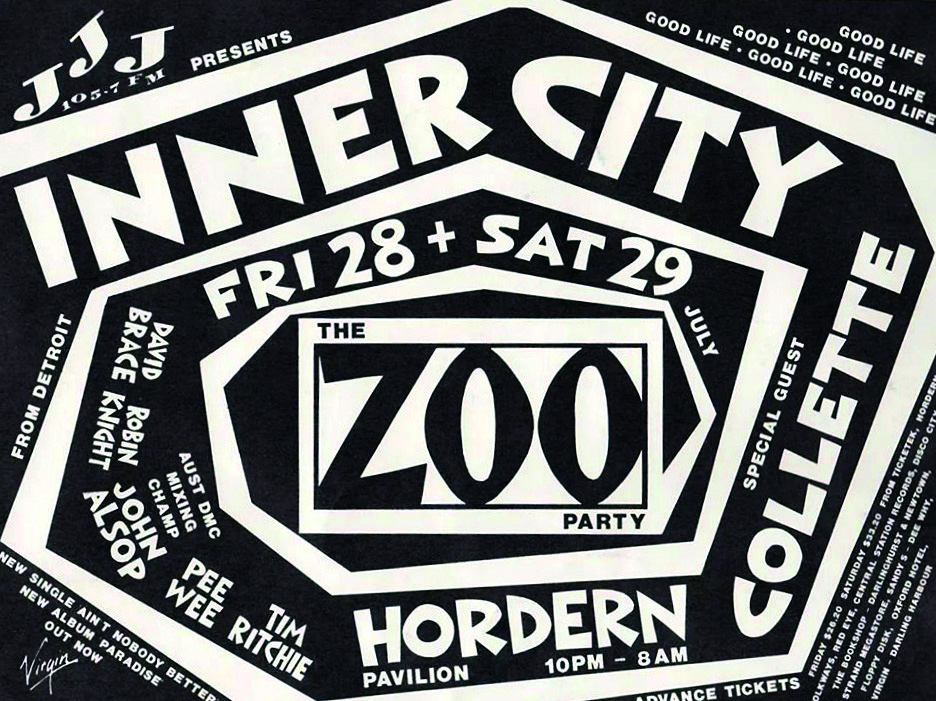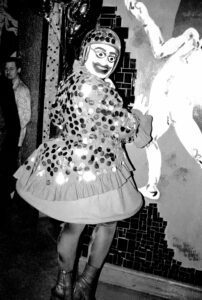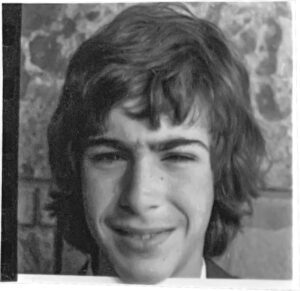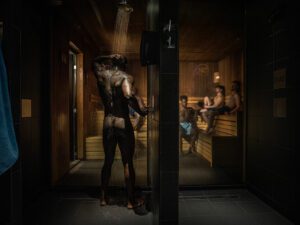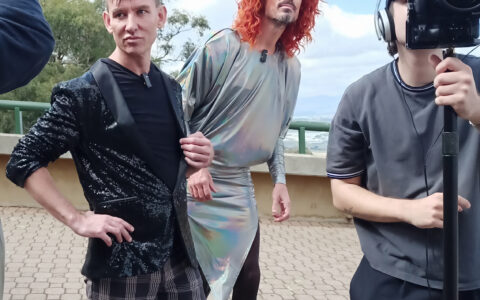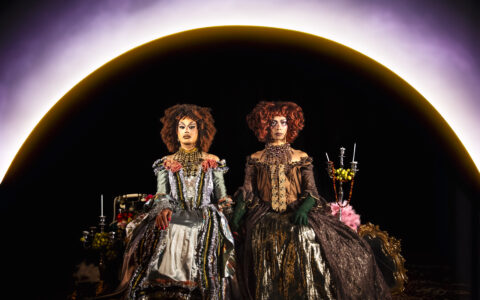It’s hardly a secret the best dance parties are queer AF.
After all, the LGBTQI+ community has a deep history of creating dance spaces to celebrate communal joy, uninhibited love and freedom of expression.
Because we’ve had to. And because we want to.
“We’ve always loved to dance because it’s a wonderful way of connecting with our tribe. So, dance floors for queer people are often dark spaces to escape from whatever is happening in the outside world and express ourselves more freely,” explains Mark Murphy, director of The House of Love, an upcoming documentary celebrating the golden years of the Hordern Pavilion dance parties in the late ’80s.
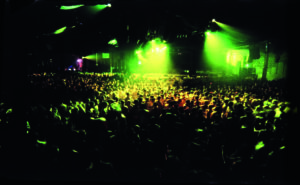
Mardi Gras 1990
“Back in the ’80s there were three cities you went to: London, San Francisco and Sydney because they were the big gay capitals of the world. And Sydney was on the map because of Mardi Gras, which started as a protest for queer rights and grew into massive parades and parties celebrating queer culture.”
By the mid-’80s the parties for Mardi Gras and its Sleaze Ball fundraiser were attracting thousands of people and the venues were getting bigger and bigger.
After using a couple of the other pavilions at the old Sydney Showgrounds, they chose the Hordern Pavilion to host more than 5,000 people for the October 1984 Sleaze Ball. And with its high vaulted roof, Doric columns and vast floorspace, it proved to be a crowd favourite.
From that night onwards, The Hordern, gained a reputation as a hedonistic playhouse, explains Mark.
“The late 80s was the birth of our version of the psychedelic 60s: we had a new drug called ecstasy, we had this new kind of music called house taking over the gay clubs, and in the queer community we were standing up, taking charge of our lives while also fighting the terrible AIDs epidemic. The Sleaze and Mardi Gras parties meant a lot to so many people – they were lifesaving – and we wanted to experience them every weekend.”
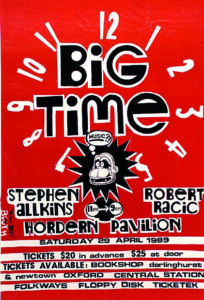
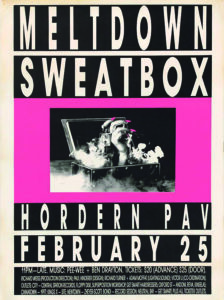
The House of Love tells the story of what happened next: how for two-and-half glittering years from the end of 1987, the Hordern became one of the most famous dance floors in the world, hosting extravagant parties almost every weekend.
“So much creativity went into these parties, and so many people’s careers grew from them: everything from DJing, making music, performance art and lighting design to fashion, visual art, photography and even careers in the movie industry,” says Mark.
Mark’s first party at The Hordern – Sweatbox Meltdown in February 1989 – was a revelation. He remembers having half an E and walking towards the thumping beat through an alfoil tunnel at the back of the pavilion out onto the dancefloor where thousands of people were dancing, sweating, grinding, pashing (and more) beneath spinning lights attached to the arms of cherry picker machines. And he remembers being mesmerised by how the DJs and lighting designers spun their magic:
“I keep reminding one of the promoters – Richard Weiss – how amazing that party was because it changed my life. I loved to dance, and that wild ride for eight hours made me want to become a DJ, put on parties, open a record shop, write for music mags, manage venues, and now making The House of Love documentary – all these party-related things in my career.”
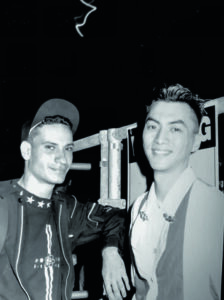
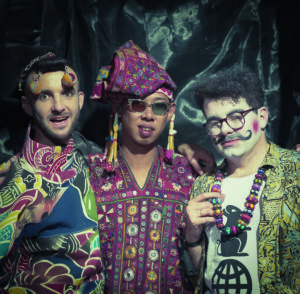
Yes, Mark ended up DJing in The Hordern, some years after the authorities restricted its use for only a handful of parties, including Mardi Gras, Sleaze and Inquisition among others.
“I feel passionate about documenting The Hordern era because it was such a wild and expressive time,” he says. “I think what made these parties so special was everyone partied together: queer, straight, whatever, there were no divisions. Being part of this community changed so many people’s lives in so many amazing ways.”
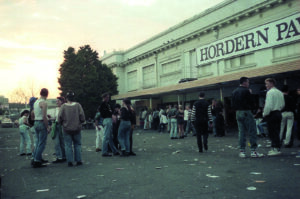
Learn more about the legacy of the Hordern era and how you can support the film at https://www.thehouseoflovefilm.com

